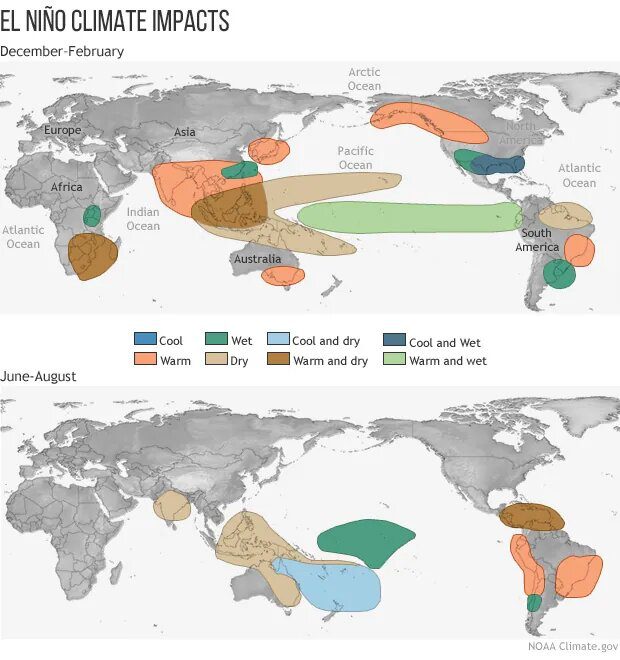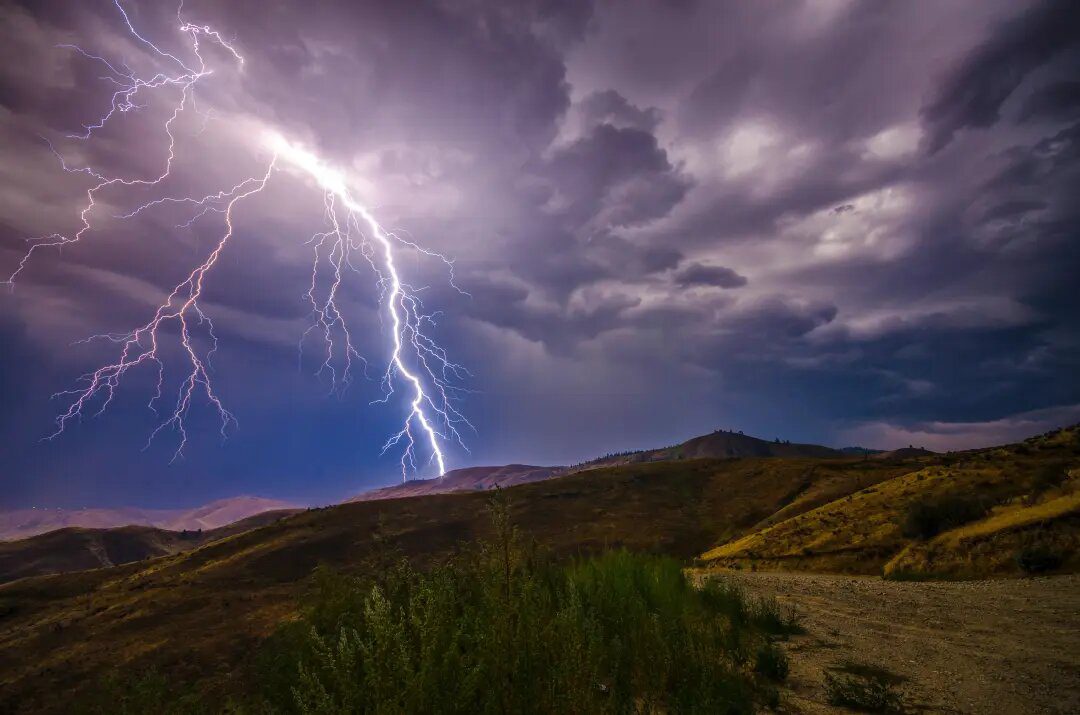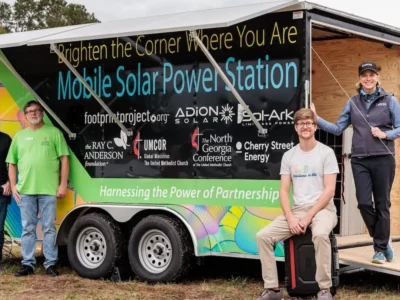I remember hearing adults fret over El Niño when I was in high school. Other than Chris Farley explaining that “El Niño” is Spanish for “The Niño” on Saturday Night Live, I knew very little about El Niño’s broader implications.
There’s news that another major El Niño event could be developing. Other than a prime opportunity to rerun Chris Farley’s “The Niño,” what does this mean for us?
What Is El Niño and How Does It Affect the Weather Locally and Globally?
The Farley skit is hilarious, but in hindsight, the 1997-98’s El Niño was devastating globally. It was the most powerful El Niño in recorded history, causing widespread droughts, flooding, record rainfall in California, a severe outbreak of Rift Valley fever, and more. Because of this climactic event, an estimated 16% of the world’s reef systems died and global air temperatures increased temporarily by 2.7 °F. A typical temperature increase with an El Niño event is only 0.45 °F. As a result of El Niño, 1998 was the warmest year in recorded history at that time.
El Niño events have happened since the Farley skit, with the last significant one occurring in 2014-15. It also caused millions of people to suffer due to below- or above-average rainfall, flooding, increased food insecurity, higher malnutrition rates, and devastated livelihoods.
Each of these increasingly intense weather events have both short- and long-term consequences for us.
In the short-term, more severe weather means more hurricanes, tornadoes, floods, and droughts. It means disrupted growing seasons and food shortages. It means more increases in disease.
In the long-term, climate change appears to be causing an increase in the intensity of El Niño events. “If the observed background changes continue under future anthropogenic forcing [human-induced global warming], more frequent extreme El Niño events will induce profound socioeconomic consequences,” scientists from both the United States and China wrote.
In other words, if human behaviors that are contributing to global warming don’t change, more and more people around the globe will suffer.
How El Niño Might Impact Your Summer Vacation and Camping Plans
According to the Climate Prediction Center, there’s a potentially significant El Niño event on our horizon, beginning this summer and persisting into winter, when El Niño events are typically at their peak. (Fun fact: “El Niño” is actually Spanish for “the Christ child” due to the time of year these weather patterns are most significantly noticed.)
If El Niño develops, your summer plans are unlikely to be affected much if you live in North America, but winter is a different story. The pacific northwest and northern plains extending from the Dakotas to Alaska can expect a warmer and drier than usual winter, while the southern United States will likely be much cooler and wetter.

The changes across the globe are even more dramatic.
El Niño’s Implications for the Globe
Warming temperatures are likely to increase the intensity and frequency of El Niños, and, unfortunately, El Niños may also contribute to global warming. Currently, 2023 could be one of the top five warmest years on record, according to Robert Rohde of Berkeley Earth.
It also has a 38% chance of setting a new record annual average temperature.
“If El Niño develops, it is likely to moderately boost global average temperatures during the rest of 2023 and into 2024,” he wrote.
Christians Can Support People Who Might Be Affected by Extreme Weather
In the gospels, Jesus warned that a time would come when there would be “wars and rumors of wars,” brother fighting against brother, earthquakes and famine and more. He told his disciples, “Because of the increase of wickedness, the love of most will grow cold, but the one who stands firm to the end will be saved” (Matthew 24:12-13 NIV).
When Christians hear about wars and rumors of wars, climate change, natural disasters, and more, sometimes we let our love grow cold.
Sometimes I let my love grow cold.
But we know the One who saves, the true hope. We know the One who restores all things to himself.
After Jesus warns the disciples about the troubles they will face, he doesn’t tell them to just give up and give in. He tells them a parable about “a faithful and wise servant” who was put in charge by the Master to take care of the rest of his servants until the very end (Matthew 24:45-51 NIV).
There is blessing for those who do not let their love grow cold, who keep feeding the hungry, finding water for the thirsty, providing shelter for the homeless, and healing the sick. And, according to Matthew 24, there is judgment for those who give into despair.
Our God is a god of hope and restoration. Our God is the god of love. When El Niño events and other natural disasters come, let us be like the righteous sheep in Matthew 25 who saw the hurting in the world, heard their cries, and responded with food, water, shelter, comfort, clothes, and medicine to address their needs in their time of crisis.
How Christians Can Make a Long-Term Difference for Climate-Affected Communities
Christians (and all people) don’t have to be only reactive to natural disasters, we can also be proactive.
Young Christians can put their faith into practice through action in their churches, businesses, communities, and governments. Faithful farmers can integrate their care of the land with regenerative soil management and other best practices.
Churches can find ways to care for creation right in their own backyards.
Families can switch energy sources for home utilities, choose electric vehicles, compost, reduce food waste, recycle, and adopt other ways to live simply and sustainably to care for the earth God gave us to tend.
There are probably hundreds of ways we can work together to be the hands and feet of Jesus in our world’s climate crisis, but perhaps the most powerful way is through our message of hope. We hope for a future that God has promised to bring about, a new heaven and new earth restored, returned to the edenic garden we were birthed into.
When the rest of the world begins to fall away into despair, let us be a voice of hope, of joy, of possibility, and of love.
Even, and especially, when The Niños of life come.





 Copyright
2024
Root and Vine
Copyright
2024
Root and Vine